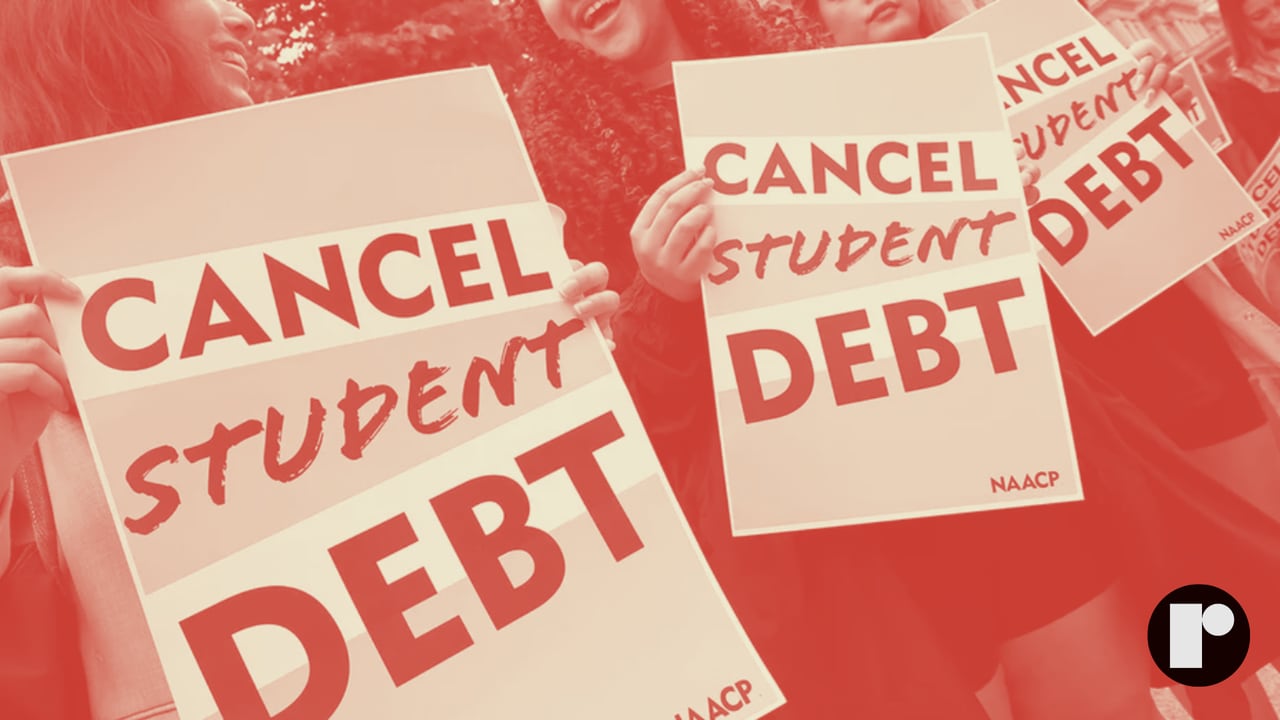What to know about student loan debt in 2024
2023 was the year of push and pull for student loan debt, keeping borrowers on the edge of their seats in anticipation of the cancellation of their loans.
While the Supreme Court struck down President Joe Biden’s forgiveness plan and the three-year-long payment pause ended, the Biden administration was still able to forgive more than 3.6 million borrowers’ loans last year.
Since payments have resumed in October, roughly 40 percent of the 22 million borrowers who owed student loan debt did not make payments by mid-November, according to the Department of Education.
“Faced with the impossible choice of feeding their kids, keeping a roof over their head or throwing an average of $400 a month into the Department of Education incinerator, borrowers are rightly choosing to keep themselves and their families financially afloat,” Astra Taylor, co-founder of the Debt Collective, the nations first debtors union, told CNBC.
With borrowers struggling to make their first payments, more repayment plan options than ever and big changes with the Free Application for Federal Student Aid (FAFSA), here’s what to watch out for with student loan debt as we move into the new year.
On-ramp period — September 2024
The Department of Education has created an on-ramp transition period to “help borrowers successfully return to repayment.” This on-ramp will automatically put a borrower’s loans in forbearance, suspending payments by giving them the option to skip payments without becoming delinquent if payments are missed, late or partial.
“During this period, if you can pay your monthly bills, you should,” President Biden said in a June 30 press conference. “But if you cannot, if you miss payments, this ‘on-ramp’ will temporarily remove the threat of default or having your credit harmed, which can hurt borrowers for years to come.”
While interest will continue to accrue on student loans, the Department of Education will not garnish wages or report a borrower as delinquent to their loan servicer during the on-ramp period, but they do not control how credit scoring companies factor in missed or delayed payments.
The temporary on-ramp period will last through Sept. 30, 2024, but only loans that were eligible for the three-year payment pause qualify for the on-ramp.
SAVE Plan payments get much lower
The SAVE (Saving on a Valuable Education) plan, a new income-driven payment plan that offers the lowest monthly student loan payments based on the borrower’s income and family size, will become much lower in 2024.
Currently, the monthly payment on the SAVE plan is set at 10 percent of a borrower’s discretionary income — how much you earn over 225 percent of the federal poverty line. This summer, the discretionary income for undergraduate borrowers will drop to 5 percent and borrowers with graduate loans will pay an average between 5 percent and 10 percent of their discretionary income.
Many borrowers have seen their monthly student loan payments decrease to $0 a month by applying for the SAVE plan. While the SAVE plan might not be the right choice for every borrower, be sure to check out the online loan simulator tool at StudentAid.gov to review all payment options.
Potentially delayed financial aid awards in 2024
With the launch of the Department of Education’s new FAFSA, very few students have been able to complete the application for the 2024-2025 academic year due to “some minor issues,” according to the agency.
Because of a soft launch of the application for 30-minute intervals on Dec. 30 and 31, and Jan. 1, many students have faced confusion and barriers in accessing the form.
The Department of Education believes everyone will be able to complete the form on time and mentions on their website, “You will have plenty of time to complete the FAFSA form. If you do submit your form during the soft launch, your information will be saved and you won’t need to resubmit your form or any related information. If your form is unavailable when you or your family members try to access it, please try again later.”
The new application is meant to increase access to grants and scholarships by requiring students to provide more data; it will also reduce the eligibility for some families with multiple children in college. While the previous application had 108 questions, the latest form now has 36 and offers a more efficient way of importing financial and tax records.
In past years, FAFSA applications were due in October. The new deadline to submit the form will be June 30 of each year.
Employers matching student loan payments
Many worry about paying off their debts and saving for retirement but, as of 2024, some employers are offering a new benefit to help their employees do both.
Under a 2022 provision in the Secure 2.0 Act, employers will be allowed to match employees’ student loan payments with a contribution to their workplace retirement account. Employees with accounts like 401(k)s, 403(b)s, 457(b)s and SIMPLE IRAs are included.
Check with your employers to ensure they can match your student loan payments and retirement accounts.
